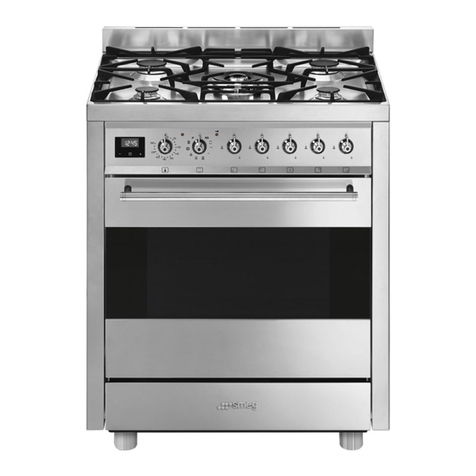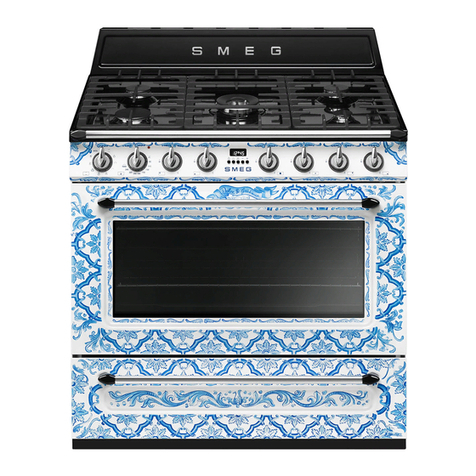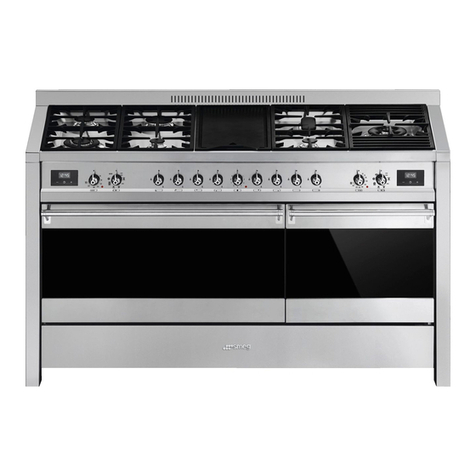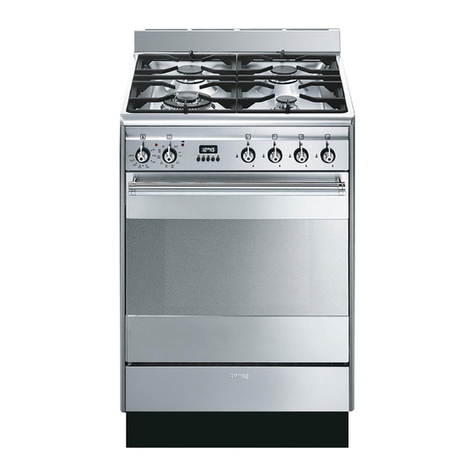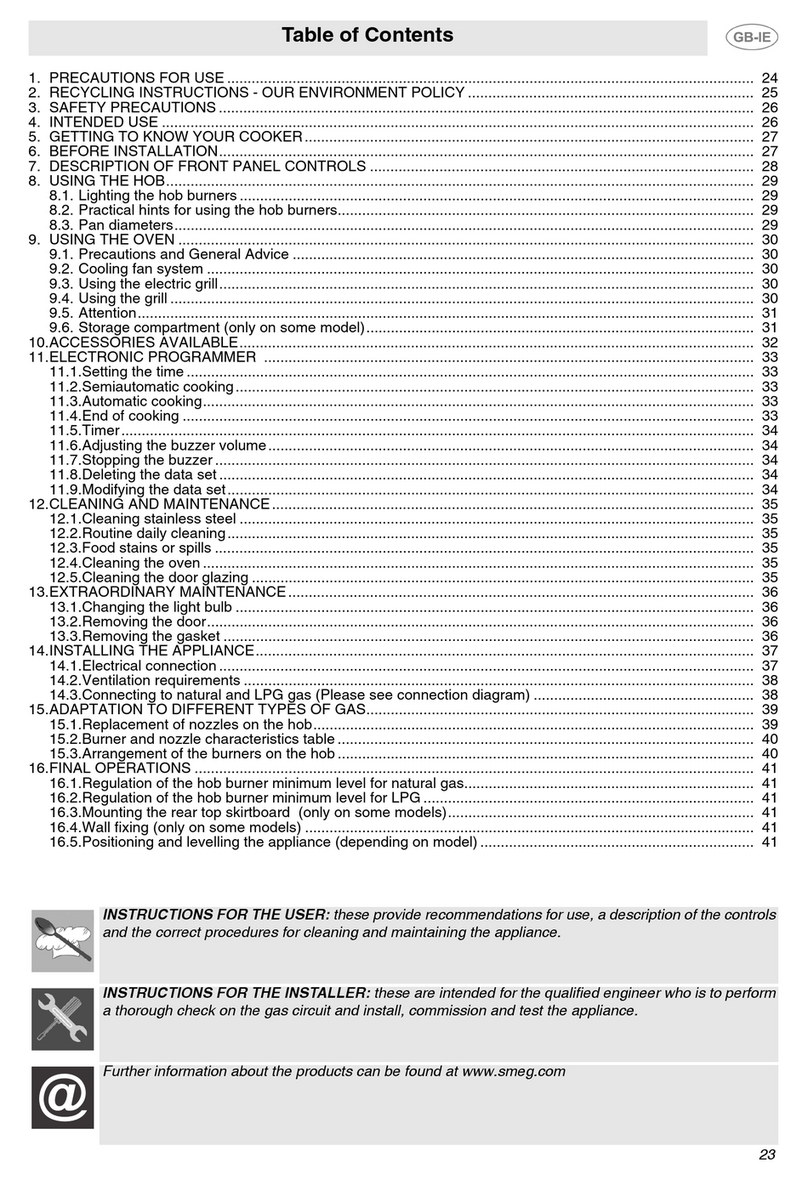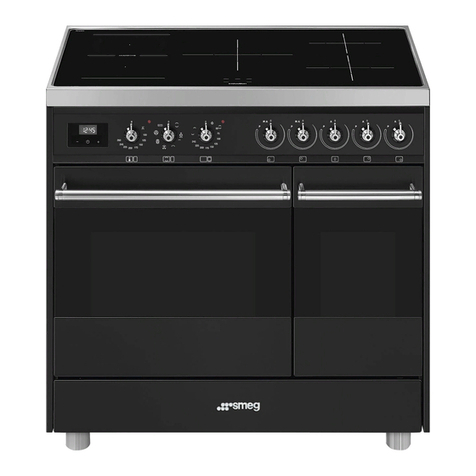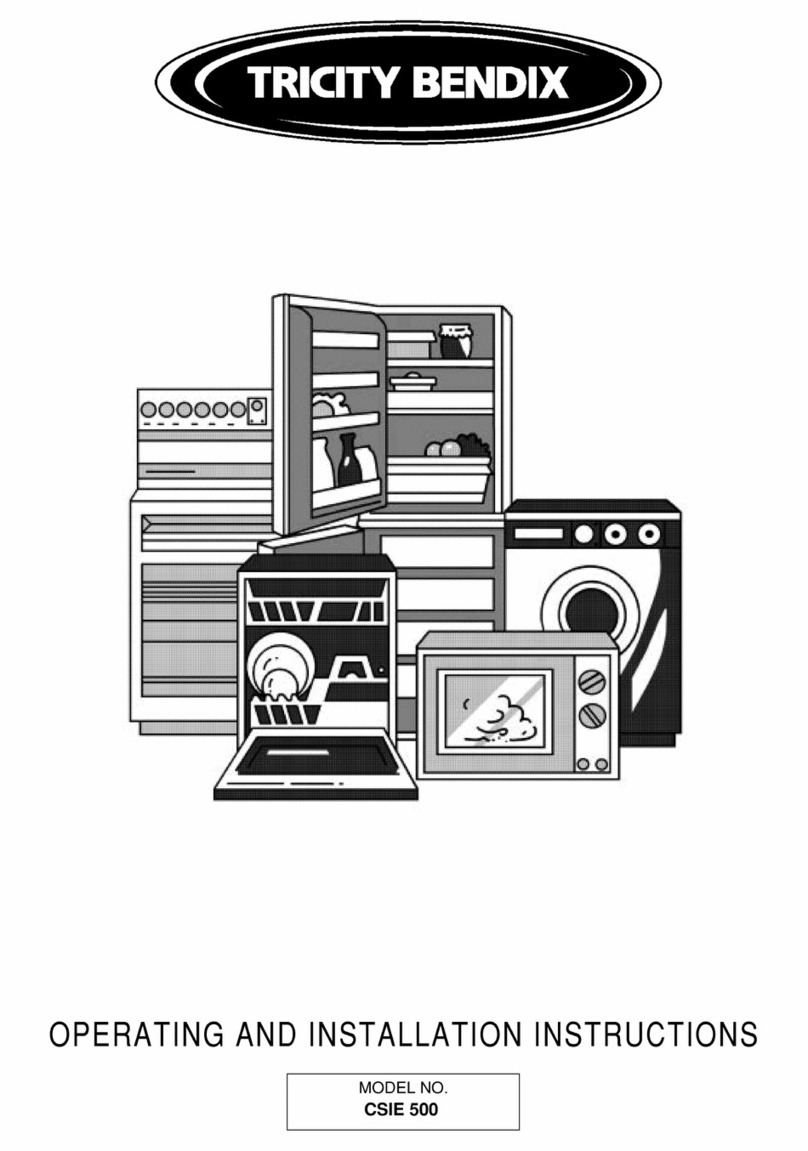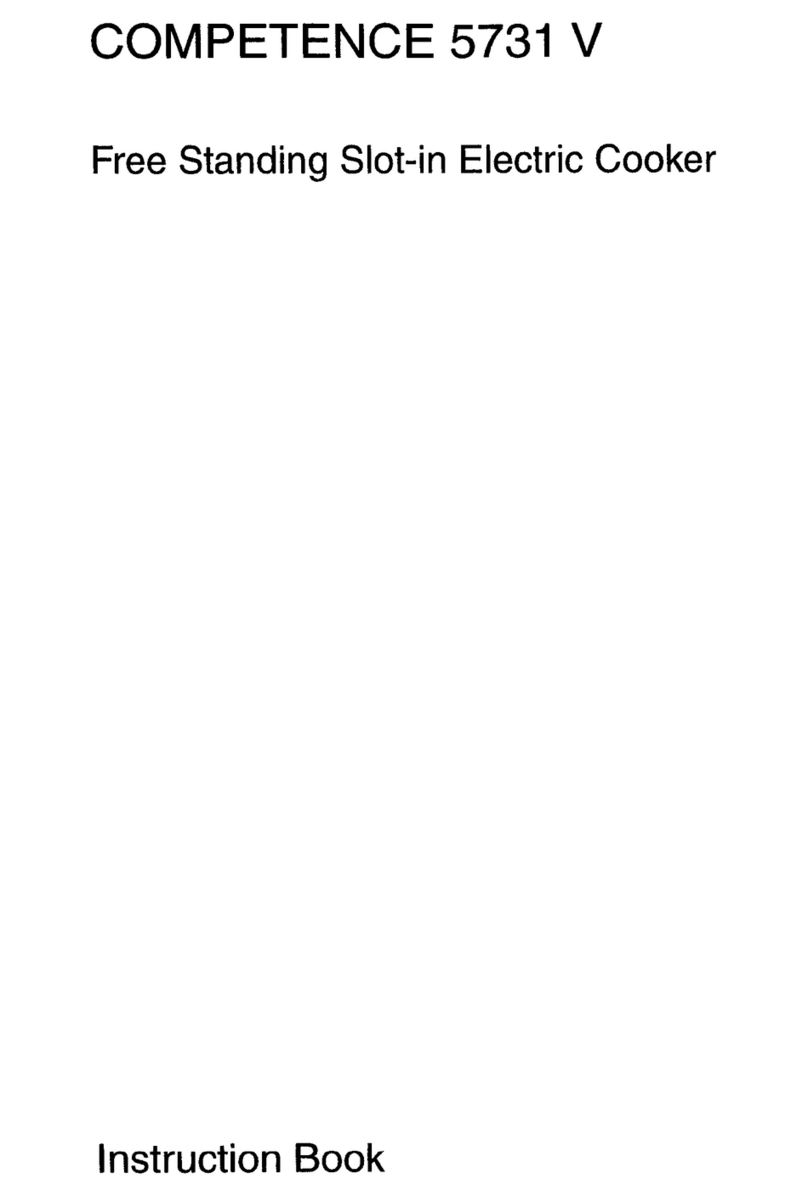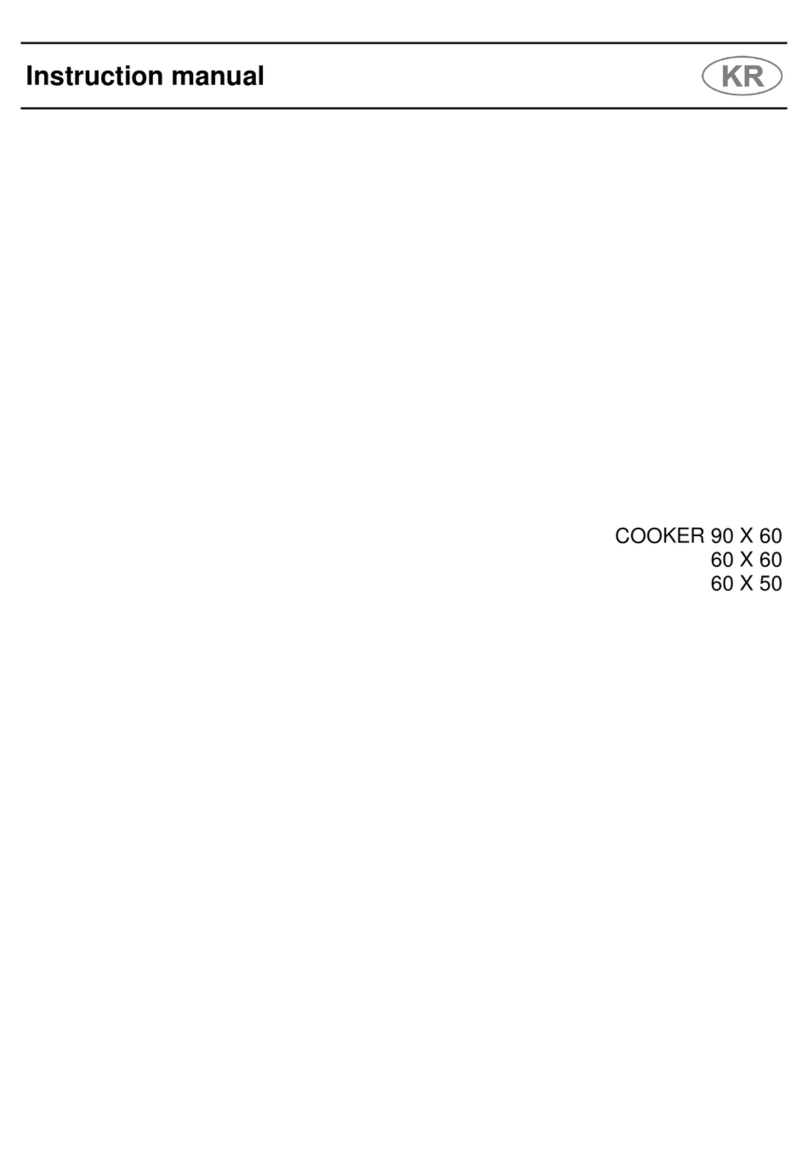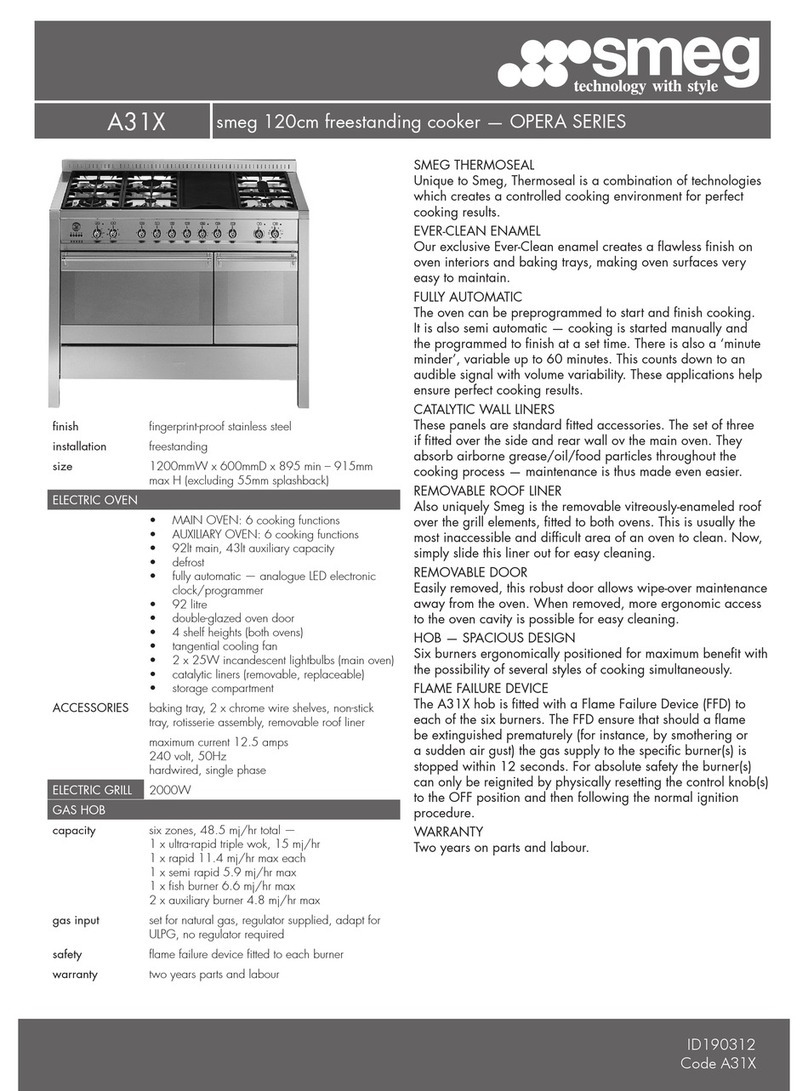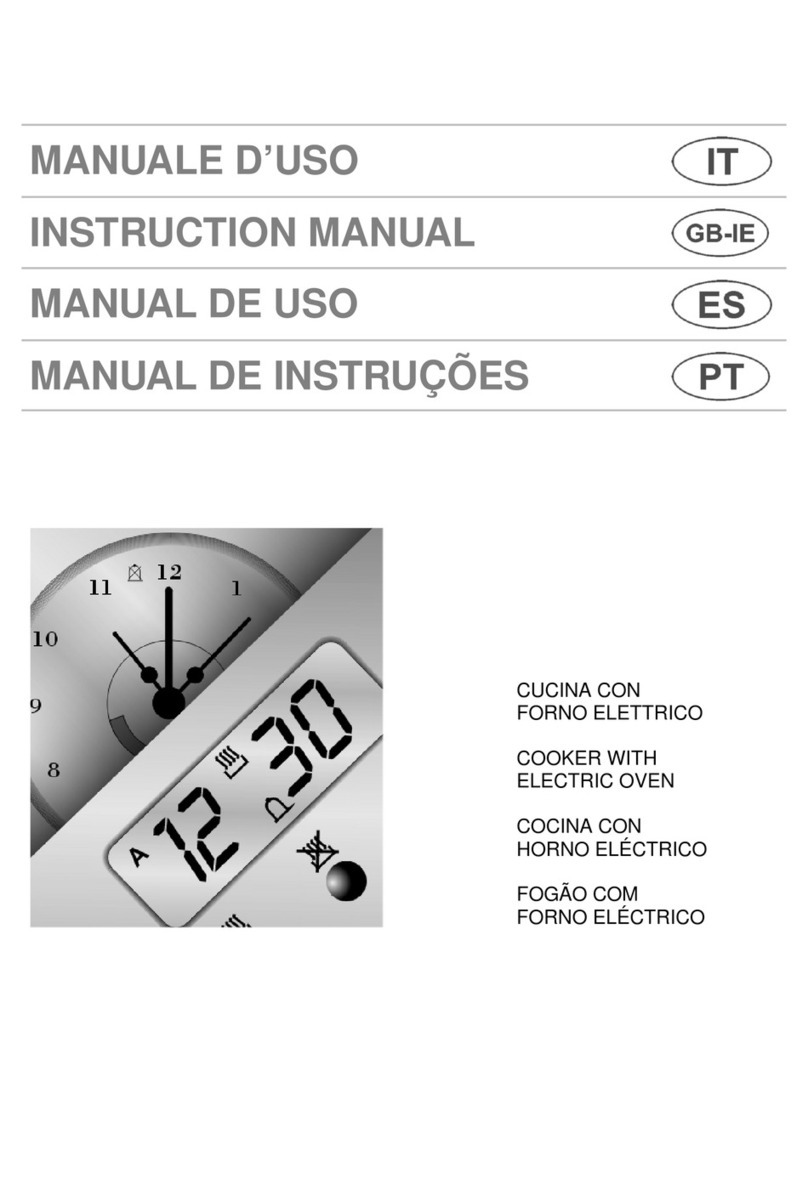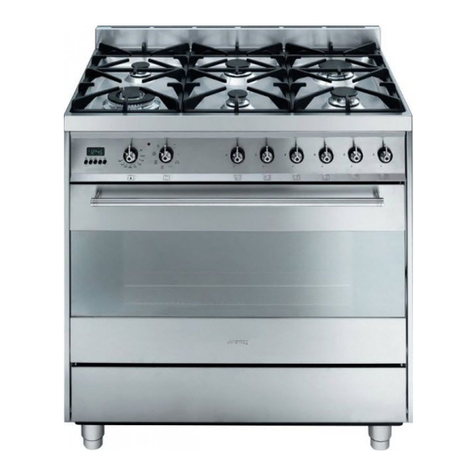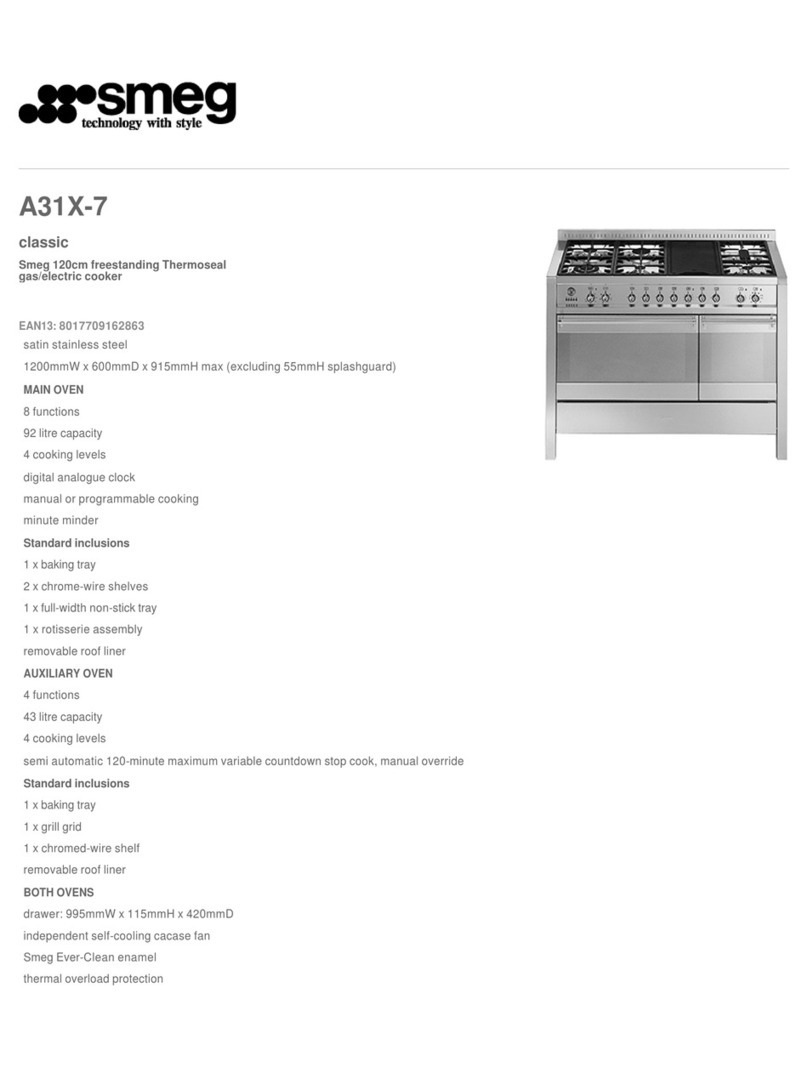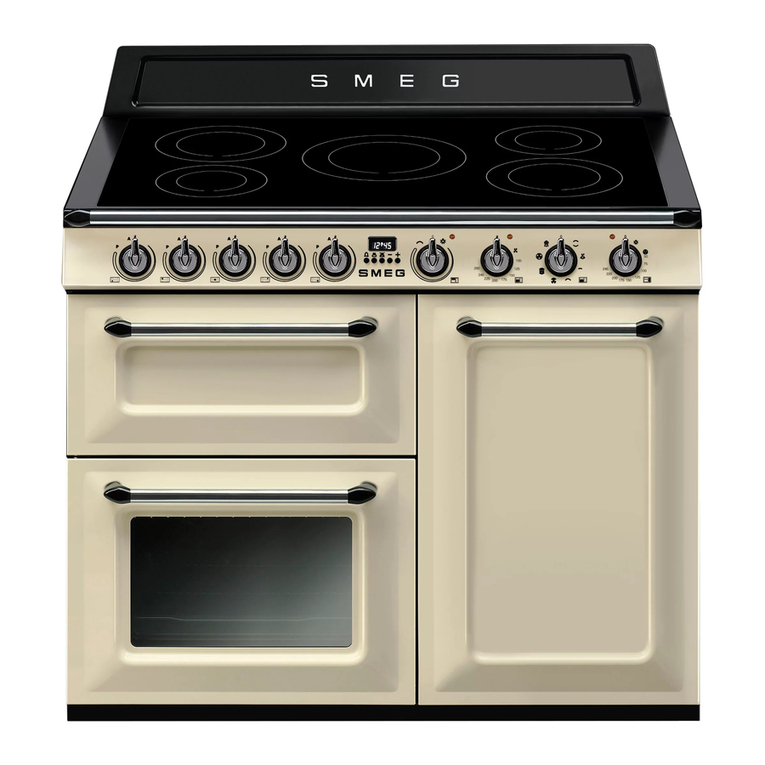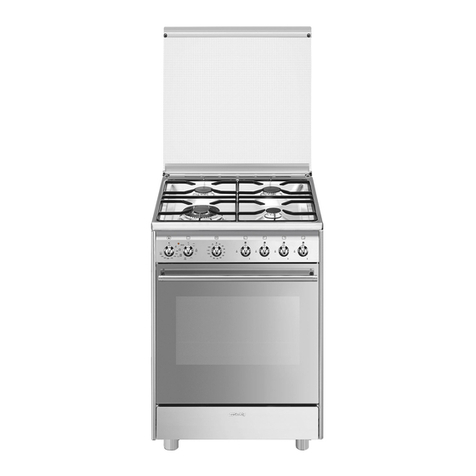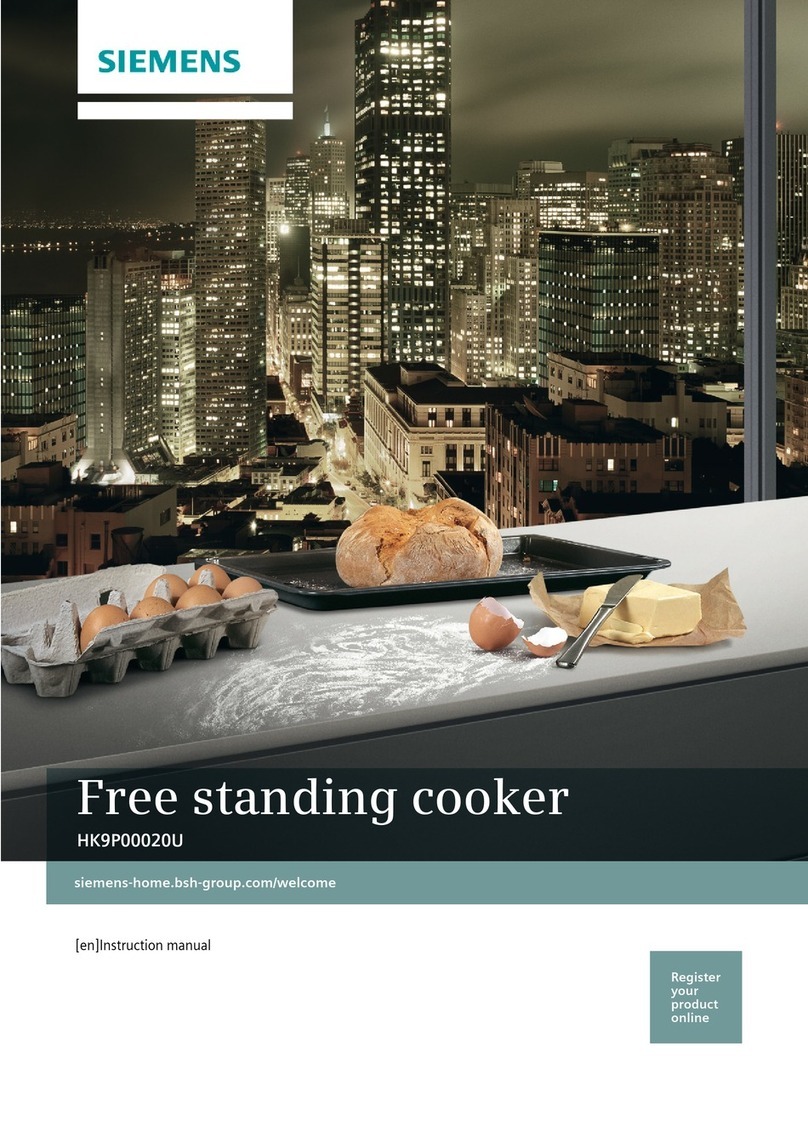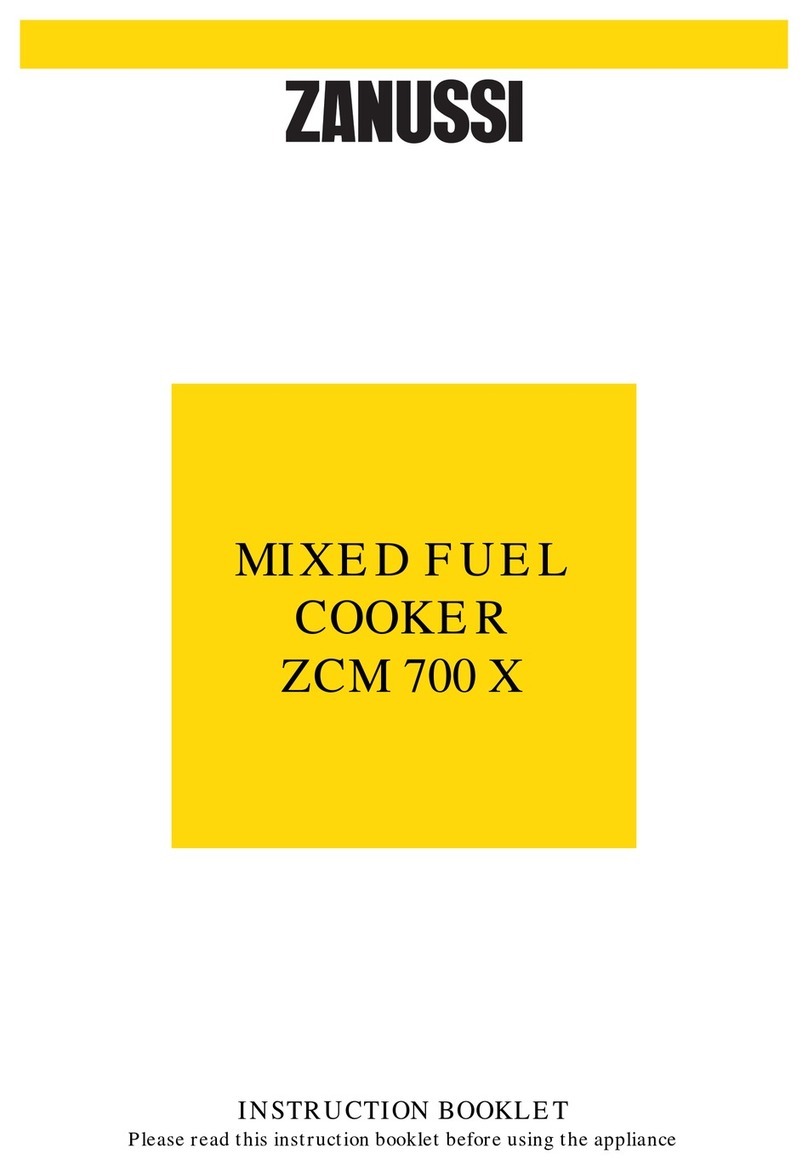
Instructions
52
1.2 Manufacturer liability
The manufacturer declines all liability for
damage to persons or property caused by:
• Use of the appliance other than that
specified;
• Failure to comply with the instructions in
the user manual;
• Tampering with any part of the
appliance;
• The use of non-original spare parts.
1.3 Appliance purpose
• This appliance is intended for cooking
food in the home environment. Every
other use is considered improper.
• This appliance may be used by children
aged at least 8 and by people of
reduced physical, sensory or mental
capacity, or lacking in experience in the
use of electrical appliances, provided
that they are supervised or instructed by
adults who are responsible for their
safety.
• The appliance is not designed to
operate with external timers or with
remote-control systems.
1.4 Identification plate
The identification plate bears the technical
data, serial number and brand name of the
appliance. Do not remove the identification
plate for any reason.
1.5 This user manual
This user manual is an integral part of the
appliance and must therefore be kept in its
entirety and within the user’s reach for the
whole working life of the appliance.
Read this user manual carefully before using
the appliance.
1.6 Disposal
This appliance must be disposed of
separately from other waste
(Directives 2002/95/EC, 2002/
96/EC, 2003/108/EC). The appliance
does not contain substances in quantities
sufficient to be considered hazardous to
health and the environment, in accordance
with current European directives.
To dispose of the appliance:
• Cut the power supply cable and remove
it along with the plug.
• Deliver the appliance to the appropriate
recycling centre for electrical and
electronic equipment waste, or return it to
the retailer when purchasing an
equivalent product, on a one for one
basis.
Our appliances are packaged in non-
polluting and recyclable materials.
• Deliver the packing materials to the
appropriate recycling centre.
Power voltage
Danger of electrocution
• Disconnect the mains power supply.
• Unplug the appliance.
Plastic packaging
Danger of suffocation
• Do not leave the packaging or any part
of it unattended.
• Do not let children play with the plastic
bags.
